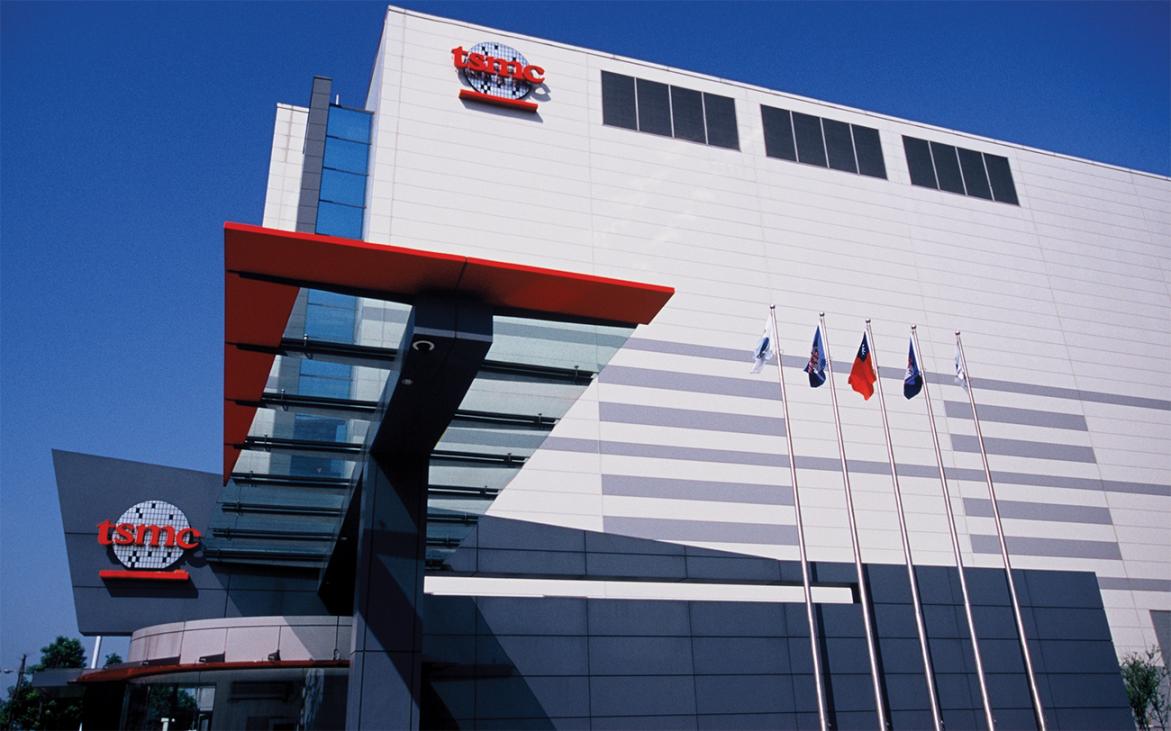 The semiconductor foundry landscape changed in 2018 when GLOBALFOUNDRIES and Intel paused their leading edge foundry efforts. Intel quietly told partners they would no longer pursue the foundry business and GF publicly shut down their 7nm process development and pivoted towards existing process nodes while trimming headcount and repositioning assets.
The semiconductor foundry landscape changed in 2018 when GLOBALFOUNDRIES and Intel paused their leading edge foundry efforts. Intel quietly told partners they would no longer pursue the foundry business and GF publicly shut down their 7nm process development and pivoted towards existing process nodes while trimming headcount and repositioning assets.
Moving forward this puts TSMC in a much more decisive position in the foundry landscape which has been talked about by the mainstream media. The interesting thing to note is that the semiconductor foundry business was based on the ability to multisource a single design amongst two, three or even four different foundries to get better pricing and delivery. That all changed of course with 28nm which went into production in 2010.
TSMC chose a different 28nm approach than Samsung, GLOBALFOUNDRIES, UMC and SMIC which made the processes incompatible. Fortunately for TSMC their 28nm HKM gate-last approach was the only one to yield properly which gave them a massive lead that had not been seen before. While Samsung and GF struggled along with gate-first HKM, UMC and SMIC changed their 28nm to the TSMC gate-last implementation and captured 2nd source business from TSMC following the long time foundry tradition.
Again it changed back to single source when FinFET technology came to TSMC in 2015. FinFET is a complicated technology that cannot be cloned without a licensing agreement. TSMC started with 16nm followed by 12nm, 10nm, 7nm (EUV), and 5nm (EUV) which will arrive in 2020. Samsung licensed their 14nm to GF which is the only second sourced FinFET process. Samsung followed 14nm with 10nm, 8nm, 7nm (EUV), 5nm (EUV) will follow.
Today there are only two leading edge foundries left, TSMC and Samsung. TSMC is currently the foundry market leader and I see that increasing when mature CMOS process nodes that have second, third, and even fourth sources become obsolete and the unclonable FinFET processes take over the mature nodes.
If you look at TSMC’s revenue split, today 50% is FinFET processes and 50% is mature CMOS nodes (Q4 2018). In Q4 2017 FinFET processes were 45% and in Q4 2016 it was 33%. As the FinFET processes grow so does TSM’s market share and that will continue for many years to come. As it stands today TSMC has revenues of $33.49B in 2018 which represents a 48% foundry market share. Revenue growth in 2019 may be limited due to the global downturn but TSMC should continue to claim market share due to their FinFET dominance.
In 2018 GLOBALFOUNDRIES, the #2 foundry, pivoted away from leading edge process development (7nm/5nm) to focus on mature processes (14nm, 28nm, 40nm, 65nm, 130nm and 180nm) and the developing FD-SOI market with 22FDX and 12FDX following that.
In 2018 UMC, the #3 foundry, still struggled with 14nm which forced long time ASIC partner Faraday to sign an agreement with Samsung Foundry for advanced FinFET processes. Today, UMC relies on mature process nodes: 28nm, 40nm, 55nm, 65nm, and 90nm for the bulk of their revenue from a select base of high volume customers. Even when UMC perfects FinFETs at 14nm it will not be TSMC compatible so the market will be limited. UMC’s 2018 revenue of $4.91B represents a 7.2% market share being the second largest publicly traded foundry (GF is private).
Samsung, the #4 foundry, is in production at 45nm, 28nm, 28FDSOI, 18FDSOI, 14nm, 11nm, 10nm, 8nm, and 7nm. Samsung is a fierce competitor and gained significant customer traction at 14nm splitting the Apple iPhone business with TSMC. Even today Samsung is a close second to TSMC in 14nm if you include GF 14nm which was licensed from Samsung. Samsung was also the first to “full” EUV at 7nm. Samsung’s largest foundry customer of course is Samsung itself being the #1 consumer electronics company. Qualcomm is also a very large Samsung Foundry customer amongst other top fabless semiconductor companies including IBM and AMD. The foundry business was always about choices for wafer manufacturing so you can bet Samsung will get their fair FinFET market share moving forward, absolutely.
In 2018 SMIC, the #5 foundry, also struggled with FinFETs. Mass 14nm production is slated to begin in 2019, again it is not TSMC compatible but in China it does not necessarily have to be. Today SMIC is manufacturing 90nm and 28nm wafers mostly for fabless companies in China. When 14nm hits high volume manufacturing the China FinFET market will likely turn to SMIC in favor of non Chinese 14nm fabs as it did at 90nm and 28nm. The challenge SMIC has always faced is yield and capacity and that will continue. In 2018 SMIC recorded sales of $785M which represents a 4.5% foundry market share with the majority of it based in China.
Share this post via:





The Intel Common Platform Foundry Alliance